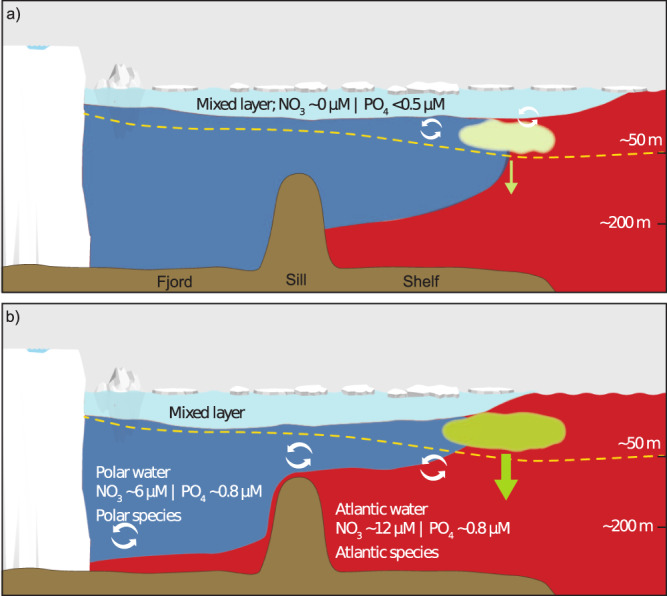Fig. 6. Schematic of the changes occurring in summer vertical stratification and potential impact of phytoplankton production on the shelf.

The transect is a schematic of conditions within fjords (left) and eastward across the shelf (right of the sill). a Summer conditions where surface waters (light blue) become stratified and are nutrient depleted due to phytoplankton growth and nitrate is the limiting nutrient1,49. Nutrient supply to surface waters is from entrainment from water below which is either Atlantic Water (AW) or Polar Water (PW) and this supports a subsurface phytoplankton community. The seasonal retreat of sea ice exposes surface waters in the frontal region to greater potential of vertical mixing. b Evolving summer conditions with thinning of the PW layer and further sea-ice retreat, resulting in lower energy required to mix nutrients from AW upwards and deeper penetration of light, and as a consequence potential to sustain higher phytoplankton productivity and increased export to benthic biota. The yellow dashed line indicates the photic depth, which with a thinning of the PW layer can be expected to deepen and potentially extend further into AW50.
